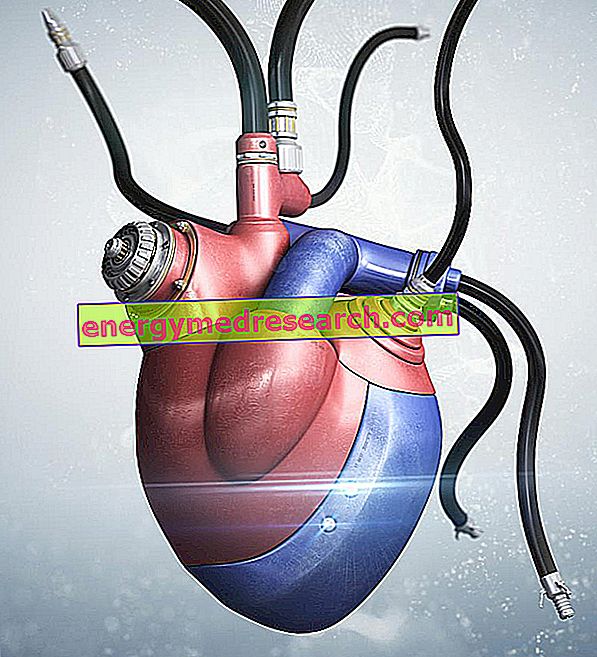Meat Classification
Meat is the result of complex biochemical changes that occur in striated muscles and closely related tissues of animals for slaughter, backyard and game (both fur and feather). At the commercial level the meats are classified according to color:
- white meat: veal, lamb, kid, pork, rabbit, poultry;
- red meats: ox, horse, mutton, buffalo;
- dark meat: game (wild boar, deer, roe deer, pheasant, partridge, quail, wild duck);
and based on the cut:
- first class meats: fillet, walnut, sirloin, loin, topside (they are the leanest ones with less lipid infiltrations);
- second-class meat: shoulder and lower parts of the thigh;
- third category meat: neck, abdomen, fore limb.

Select the topic you prefer or continue reading the article.
Meat or fish? BeefMeat meatHorse meatHealth and healthWhite meat Red meatHam meatMuscle meat transformationVegetable protein vegetarian dietAverage composition of the animal MUSCLE
- protein 19%
- non-protein nitrogenous compounds 1.65%
- lipids: 2.5% (in lean meat, first choice)
- glucides: 1.2%
- mineral salts: 0.65%
- vitamins: traces
Water content :
- 4% bound water (it is "trapped" in the amino acid polar chains by electrostatic attraction);
- 96% free water (it is not retained by chemical bonds but only mechanically by muscle fibers and connective tissue).
The normal ratio between water and protein must be between 3.5 and 4; higher values may be indicative of fraudulent treatments to increase the weight of the meat (immersion in water, injection of liquids into the muscle mass, in vivo administration of estrogen).
Protein
The meat is rich in noble proteins with a high biological value, inferior only to the proteins of the egg and those of whey. The limiting amino acids are the sulphurates.
Meat proteins can be divided into:
- myofibrillar (contractile): 51.5% (myosin, actin), determine the softness of the flesh, the degree of water retention, and therefore also its tenderness.
- Sarcoplasmic: 32.5% (myoglobin, hemoglobin, metabolic enzymes)
Stomatic: 16% (collagen, elastin), during cooking, especially in boiled meats, the collagen initially stiffens and then gelatinises and softens to form that thin gelatinous layer that we find, for example, around the broth.
- Non-protein nitrogenous compounds: free amino acids, dipeptides, oligopeptides, nucleotides, purine and pyrimidine bases, creatine, creatinine, amines, urea ammonia. They contribute to giving particular aromas to the meat.
Nutritional value meat »



